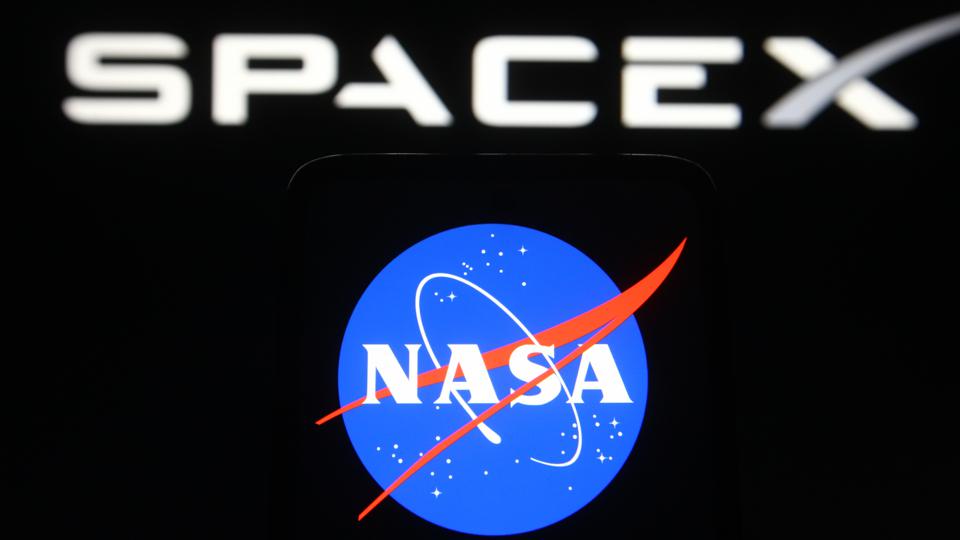 when NASA revealed the result of its competition to develop a spacecraft to take astronauts back to the moon, it was clear that Elon Musk’s strategy of leveraging economies of scale had passed yet another milestone.
when NASA revealed the result of its competition to develop a spacecraft to take astronauts back to the moon, it was clear that Elon Musk’s strategy of leveraging economies of scale had passed yet another milestone.
The competition pitted three proposals: Dynetics, a regular supplier to the Department of Defense; Blue Origin, Jeff Bezos’ aerospace company, which had partnered with usual suspects in the aerospace world like Lockheed Martin, Northrop Grumman and Draper; and Musk’s SpaceX.
Usually, NASA chooses more than one company for this type of arrangement, so as to cover its back and avoid any of them not being able to deliver its technology on time, but in this case it awarded the contract it in its entirety to SpaceX. In May 2020, NASA had also chosen SpaceX over the mighty Boeing to carry a mission with three astronauts to the international space station, and last week, they used another rocket from the company to send four astronauts more, making Musk’s company already one of the most trusted partners of the government space agency.
What made NASA choose SpaceX? Fundamentally, the aspect that differentiates Elon Musk’s companies: leveraging economies of scale. NASA’s $2.89 billion contract assures SpaceX the ability to develop, test and send two missions to the lunar surface: the second flight, which will be manned, is scheduled for 2024. But the value of the contract could be multiplied by a very important factor if, as expected, NASA continues, after this contract, to place its trust in SpaceX to continue sending regular missions to the moon to supply a base there with a permanent facility: in many ways, NASA’s contract is a major departure from what it has been proposing up to now.
This is precisely the most significant element of the decision, and where SpaceX had the biggest advantage: Blue Origin’s project was the most conventional, with a three-stage landing design, in line with NASA’s approach, but from which virtually no components were recovered. Dynetics delivered a more innovative and reusability-oriented proposal, but was unambitious, proposing to take just a few astronauts to the moon.
In contrast, SpaceX presented Starship, its huge rocket designed to reach Mars carrying dozens of people on a mission lasting about six months — which Musk insists will be ready before 2030, while accusing the European Space Agency of lack of ambition — making it oversized for the lunar mission, but which ensures the complete reusability of the spacecraft, a technological challenge SpaceX has been preparing for quite some time after carrying out multiple tests and launches. NASA’s support for such a bold project is an unusual gamble — government agencies tend to play it safe — but it makes sense given the dramatic change in scale involved.
In this sense, winning the NASA contract is critical to SpaceX’s ambitions to go to Mars, but it is also a change of scale for NASA itself, which until now could only aspire to launch one large rocket a year costing $2 billion, which was then lost in the ocean. Now, it can move on to thinking about carrying up to 100 tons of cargo, but building one rocket a month and reusing it dozens of times. More launches imply more experience, hence, more economies of scale. If $2 billion allows it to launch 100 tons of materials into space every two weeks, the dimension of the space program changes completely.
Once again, Musk’s vision of economies of scale becomes the way to change an industry. Convincing NASA, in this case, was a matter of scale and pure economic logic: setting completely new rules of the game that no previous competitor had ever considered taking to that scale, allowing SpaceX to anticipate the savings to create an unbeatable value proposition while its competitors were playing by the old rules.
If you thought the rules governing industries were written in stone, now you know. There’s always room for a new approach.
Teaching Innovation at IE Business School since 1990, and now, hacking education as Senior Advisor for Digital Transformation at IE University.


